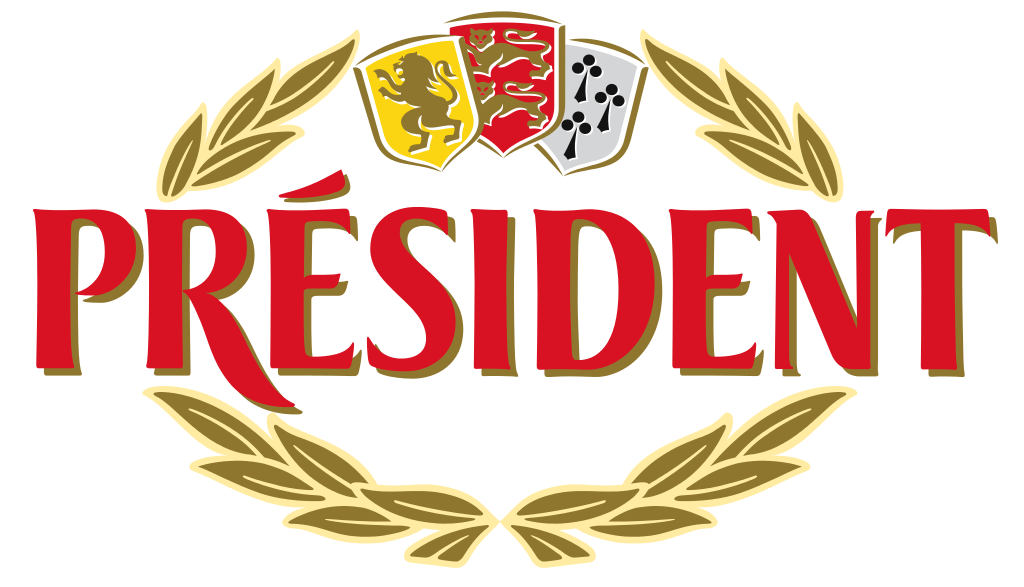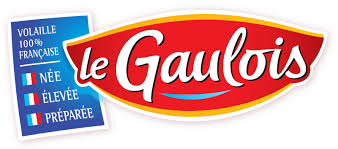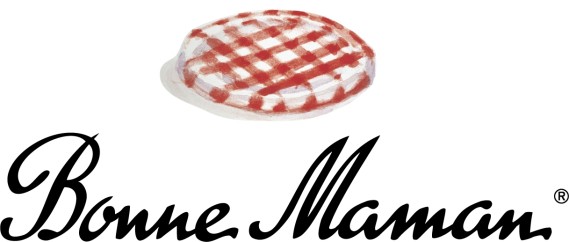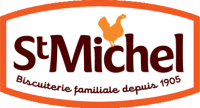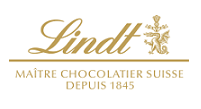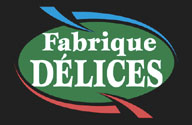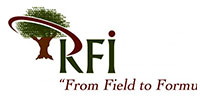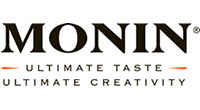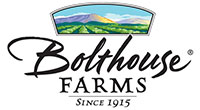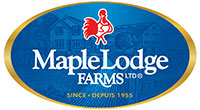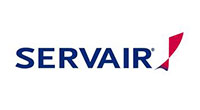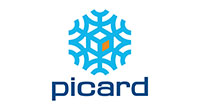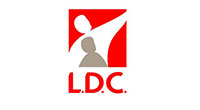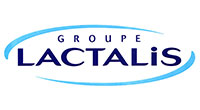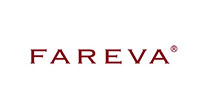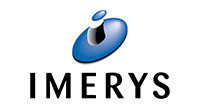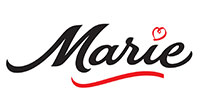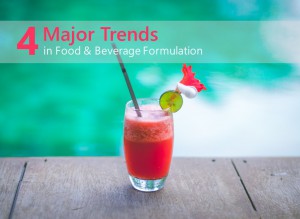
The food and beverage industry has been very dynamic in following trends in order to stay ahead of the game. Taking into consideration those trends, companies largely invest in new product development or re-formulation. Indeed, the need to develop new products through new or re-formulated recipes is supported by strong competition and demanding consumers – especially Millennials. Recently, there has been a great focus on reformulating or developing new product with healthier ingredients and cleaner labels. Formulators have been challenged to find new ways and ingredients to simplify labels while meeting expectations in term of nutrition, function and taste.
Here are some trends that should be embraced to stay relevant with consumers:
F&B Formulation trend 1 – Bold and bright natural colors
Color food is trending, everything needs to be “instagrammable”, people want to take pictures of what they eat or drink and share it on their social media. So expect bold and bright natural colors to be an interesting trend. Some companies are already riding this trend. Think about Starbucks and its unicorn Frappuccino or, lately, with its color-changing cold brew – only available in select markets throughout Asia – using butterfly pea flower tea. According to Innova Market Insights, the global food and beverage launches with natural food colors have increased by 15.2% from 2012-2016.
Food developers can use this trend to their advantage, connecting bright colors and health. It is clear that clean label is one of the most important trend, but tapping into the color trend does not mean trading healthy for pretty. It exists different clean label ingredients which can be used to enhance colors. Clean label products that are eye-catching will attract consumers.
One color that is currently trending is purple. Ube or purple yam are pretty popular and have often been used in Filipino cuisine. Purple corn, cauliflower or sweet potatoes are not only colorful but also rich in antioxidant and anthocyanin.
F&B Formulation trend 2 – Reducing sugar
Sugar reduction is a hot topic, not only consumers are looking for products with less sugar but governments are also encouraging the reduction of sugar intake.
In the US, the FDA has introduced the new Nutrition Facts Panel, which puts, for the first time, greater emphasis on added sugars. Additionally, different states are considering or have already imposed a tax on sweetened beverages, so-called soda taxes. These taxes place further scrutiny on the amount of sugar in beverages in particular.
As consumers will be better informed about the sugar level of goods they consume, formulators might want to find new ways to either decrease the level of sugar or replace the sugar by healthier ingredients without altering a product’s taste.
Manufacturers have different options when addressing this challenge. One of these options include the use of flavor modulation technologies which allow a product to meet dietary requirements without sacrificing the taste. For instance, formulators use them to enhance the perception of sweetness without adding sugar.
International companies are also looking for new ways to reduce sugar in their products. Nestlé has recently unveiled a new chocolate bar which uses an innovative sugar reduction technique with only natural ingredients. Basically this technique restructures sugar so a consumer will perceive the same level of sweetness while actually consuming less sugar.
In the beverage industry, consumption of sweetened carbonated soft drinks has decreased, therefore companies have to adapt to these new consumers’ preferences. The main replacements being coffee drinks, water and plant-based dairy alternatives.
F&B Formulation trend 3 – Plant-based products
The power of plants in numbers:
- according to the U.S. Centers for disease Control and Prevention, in 2015, only 3% of adults ate the suggested amount of vegetables
- the 2015-2020 Dietary Guidelines for Americans suggests, for an adult, 5-2 cups of fruits and 2-3 cups of vegetables daily
- global plant-based protein market is estimated to reach USD 14.22 billion by 2022
In the beverage industry, this trend is important as vegetable-based alternatives replace other ingredients that can be seen as less desirable by a growing number of consumers, such as dairy milk displaced by almond, soy or hemp milk.
In addition, drinks containing plant-based proteins meet the functional and nutritional needs of consumers. Many of these consumers rely more on vegetables rather than animal products. Those products include proteins from various sources such as pea and brown rice. Some examples of plant-based protein products include NutraProtein Power blend – containing protein from pea, brown rice, etc. -, Vega Protein+ Shake, or Califia Farms’ enhanced milks.
Even the food industry has opportunities using this type of proteins. Consumers are interested in increasing their vegetables and fruits consumption and/or reducing or eliminating their meat protein intakes. Vegetables-based and plant-based proteins are therefore interesting substitutes. For instance, the Farm&Oven Snacks company incorporates 40% of the recommended daily veggies in their cookies. Another example is Beyond Meat, which creates meat-looking products but from plants, such as their burger patties made from pea protein.
F&B Formulation trend 4 – Use of emerging ingredients
Using new ingredients is aligned with the healthful product trends. It has been seen that consumers are more aware of what they are eating and drinking, therefore, they are cautious about the ingredients in their products. However, if they are used to consume certain products, they are expecting the same taste and texture but with healthier ingredients. Developing new products also needs to balance taste, function and nutrition. This is why formulators have turned to ingredients, looking for new ways to re-formulate their products in healthier versions or creating new healthy recipes. Some of the ingredients include:
- Cannabis derivatives: still a controversial subject, cannabis derivatives, such as Cannabidiol, may have some medicinal benefits. We are talking here about highly refined marijuana ingredients that could add new functional characteristics to a product. In the US, some states have already legalized the use of cannabis, so it is definitely interesting to stay informed about this ingredient and its benefits.
- Acerola: this fruit has been used for thousands of years, especially in Central and South America, but is more and more popular in the rest of the world. According to Future Market Insight, the global acerola extract market is expected to be valued at US$ 17.5 billion by 2026. Acerola fruit is rich in vitamin A & C, antioxidants and is used as a natural health supplement.
- Monk fruit: even though this natural sweetener has been around for a few years now, it might be of more interest because of the sugar reduction trend. Native to southern China and northern Thailand, it contains fructose and glucose and is up to 300 times sweeter than sugar. The monk fruit also allows manufacturers to enhance sweetness and remove any of the bitter notes.
That being said, the critical success factor is how those trends can be followed during formulation. Formulation support is crucial. Both introducing new ingredients into an existing product, and innovating and developing new products have their own challenges. Manufacturers need to provide technical support to their formulators, and technologies may provide opportunities for further optimization of the formulation. Learn how Lascom can support you during the formulation of your product.






